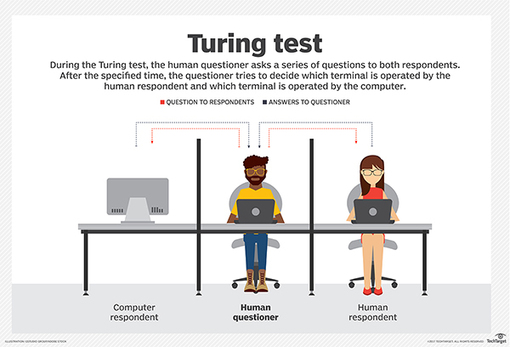UP Magazine – Les voitures autonomes vont devenir des data centers mobiles qui rapporteront gros
Chaque seconde, 29.000 Gigaoctets (Go) d'informations sont publiées dans le monde, soit 2,5 trillions d'octets de données chaque jour et 88% de ces données disponibles ne sont pas analysées. Dans cet écosystème " datavore ", les données générées par les voitures connectées vont devenir un marché énorme à analyser et à monétiser. La digitalisation de l'économie a ouvert la voie à une collecte de données sans précédent dont se sont saisis de nombreux acteurs comme Elon Musk ou les Gafa qui se sont positionnés sur le marché de la voiture du futur. En la matière, les Etats-Unis ont une longueur d'avance sur l'Europe. Ce marché prometteur pourrait d'ailleurs atteindre 750 milliards de dollars en 2030. En France, il devrait croître de 63,6% par an en moyenne pour atteindre 2,489 milliards d'euros en 2021. Très récemment, le constructeur américain Ford a investi 1 milliard de dollars dans une startup d'intelligence artificielle pour avancer en matière de conduite autonome. Quelques exemples parmi d'autres qui reflètent bien les énormes enjeux liés à l'exploitation et l'analyse de ces données. En effet, ces véhicules de demain seront bardés de capteurs, automatisés et connectés au cloud. Nécessaires pour des fonctionnalités d'assistance à la conduite comme le pilotage automatique, ces capteurs sont aussi de précieux aspirateurs à données. Celles-ci seront d'ordre comportementales afin d'améliorer le confort et le bien-être du conducteur mais aussi techniques pour faciliter le bon fonctionnement du véhicule avec son environnement. Elles vont d'ailleurs revêtir à la fois un caractère public et privé qui dépasseront les considérations proprement automobiles. La voiture connectée est un nouveau point de contact au service d'une expérience client de plus en plus personnalisée. En conséquence, porteuses de nouvelles exigences en termes de traçabilité, d'assurance et de sécurité, condition sinequanone pour se prémunir de cyber-attaques. Par exemple, si vous êtes impliqué dans un accident de voiture, différentes entités pourraient souhaiter ou exiger l'accès aux données de votre voiture. Un juge ou une compagnie d'assurance pourrait en avoir besoin pour déterminer la responsabilité, alors qu'un fabricant d'automobiles pourrait souhaiter optimiser les performances des freins ou d'autres systèmes mécaniques. Les données qui ont conscience d'elles-mêmes peuvent être balisées afin de contrôler qui en voit quelle partie et quand, sans délai supplémentaire ni intervention humaine potentiellement sujette à erreurs, pour subdiviser, approuver et diffuser ces données précieuses.










